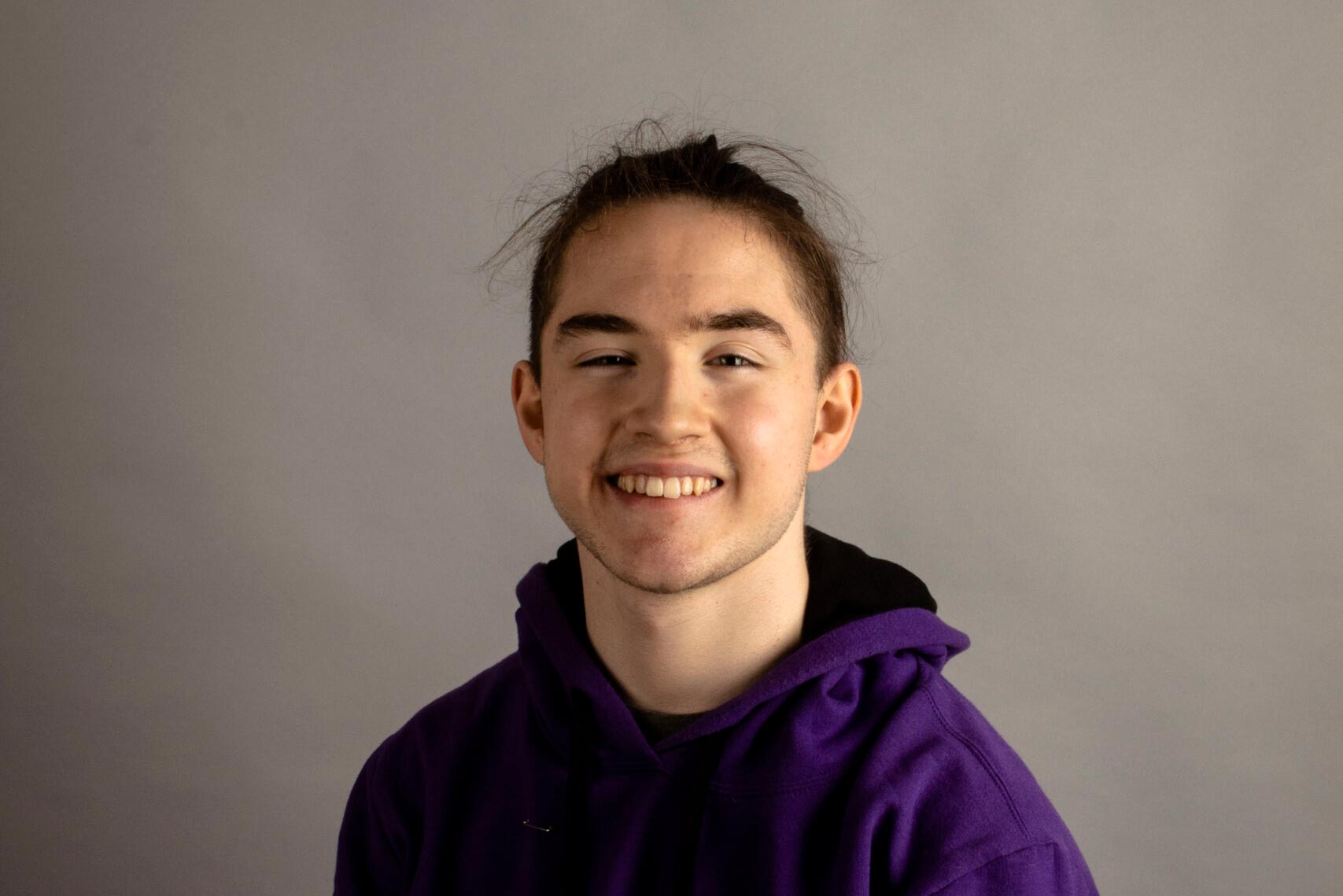In 2017, a high school student (referred to as B.L.) expressed her frustration with having not made the varsity cheerleading team through a private Snapchat post. The image showed her making an obscene gesture and was captioned, “f- school f- softball f- cheer f- everything.”
A friend saved the snap and showed it to school authorities, resulting in B.L.’s expulsion from the junior varsity team. She was reinstated to the team a few months later as litigation ensued.Ultimately, the case reached a federal appeals court, which ruled in the student’s favor on the grounds that the school district’s punishment violated the First Amendment; however obscene it may have been, the snap was between friends, off campus and outside of school grounds.
But this was not the end of the story. Mahanoy Area School District appealed the decision to the Supreme Court, which heard arguments in January.
The justices should affirm the lower court’s decision in favor of free speech for high school and college students, especially off-campus. Moreover, there is a need to clarify those protections in the modern social media landscape.
First of all, there is a judicial precedent to take into consideration: that of the case of Tinker v. Des Moines in 1969. The ruling of that case was that unless it threatened to disrupt the academic environment, freedom of expression could not be infringed upon on school grounds. If schools have less power over expression on-campus, what, then, gives them power to punish students for things they said off-campus?
B.L.’s speech did not fit the criteria established by Tinker v. Des Moines, as there was no call to disrupt academic activity. Rather, she was momentarily expressing her frustration in a temporary post.
Moreover, B.L. expressed herself in private, which ought to be considered outside of the school district’s jurisdiction. Not only did the district infringe on her First Amendment rights to freedom of speech and expression, but also her Fourth Amendment right to privacy.
Now, a right to privacy is not explicitly written in the Constitution, but it is implied: “The right of the people to be secure in their persons, houses, papers, and effects, against unreasonable searches and seizures, shall not be violated…” Because her speech was non-disruptive, it was not reasonable for B.L. to be punished for a statement she made in a private circle.
Although ruling in favor of rights to privacy and free speech and expression is the higher road for the Supreme Court to take, Mahanoy Area School District’s concerns must be taken into account. Officials there worry that if they have no jurisdiction over what is said by students off-campus, they will be unable to intervene in cases of cyberbullying and other such behavior outside of school.
Even taking that concern into account, the Supreme Court should rule in favor of First Amendment rights for students off-campus and their privacy. They should also uphold Tinker v. Des Moines with an additional provision for social media — that being that it lies outside of school district authority with the exceptions of the use of school-owned handles and speech that disrupts academics or threatens or intimidates faculty, staff, or other students. Only in such exceptional cases should schools have jurisdiction over speech.
First Amendment rights are crucial to a student’s ability to communicate their thoughts and ideas with their peers and superiors. To quote the majority opinion in Tinker v. Des Moines, students do not “shed their constitutional rights to freedom of speech or expression at the schoolhouse gate” — and certainly not outside of it.



